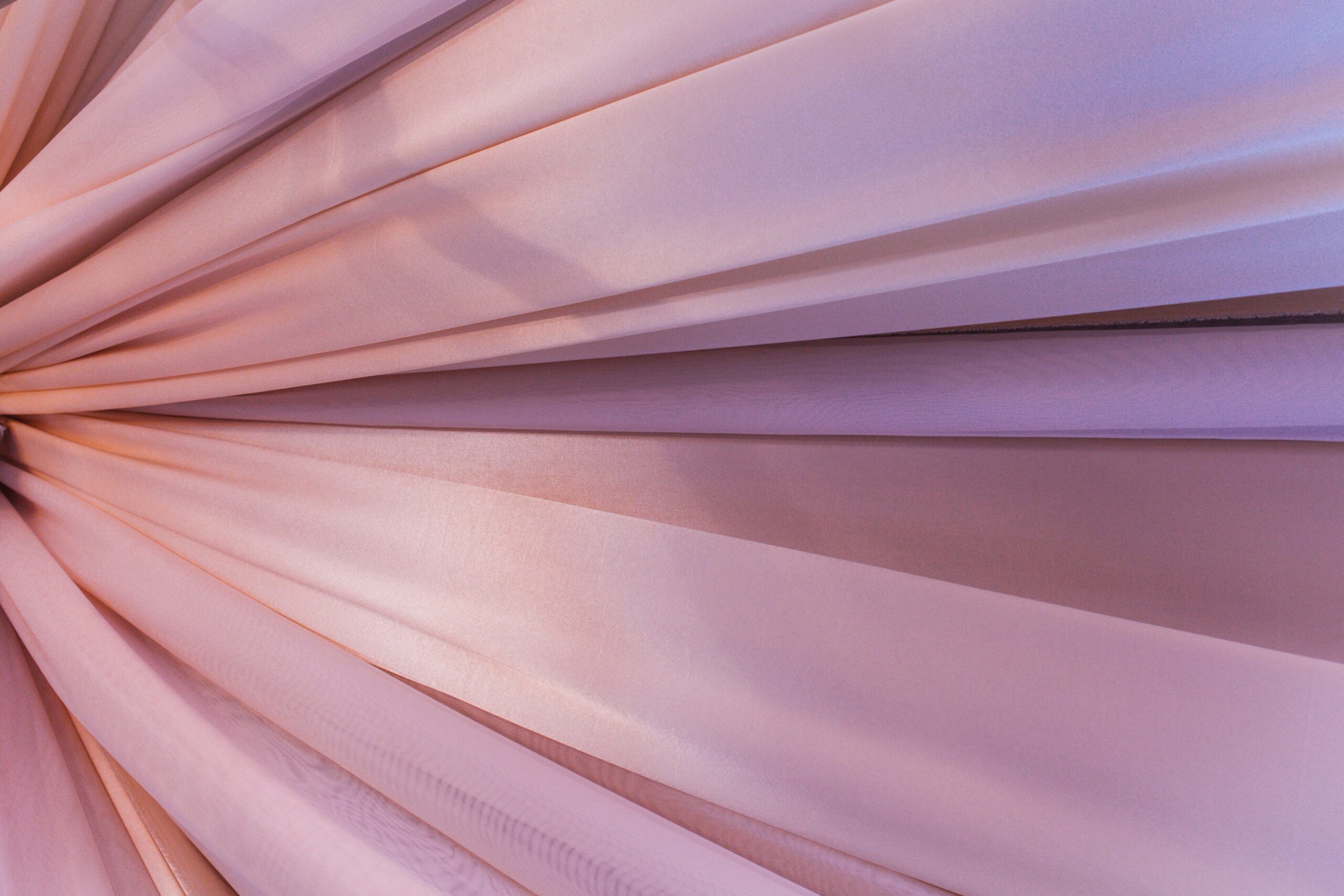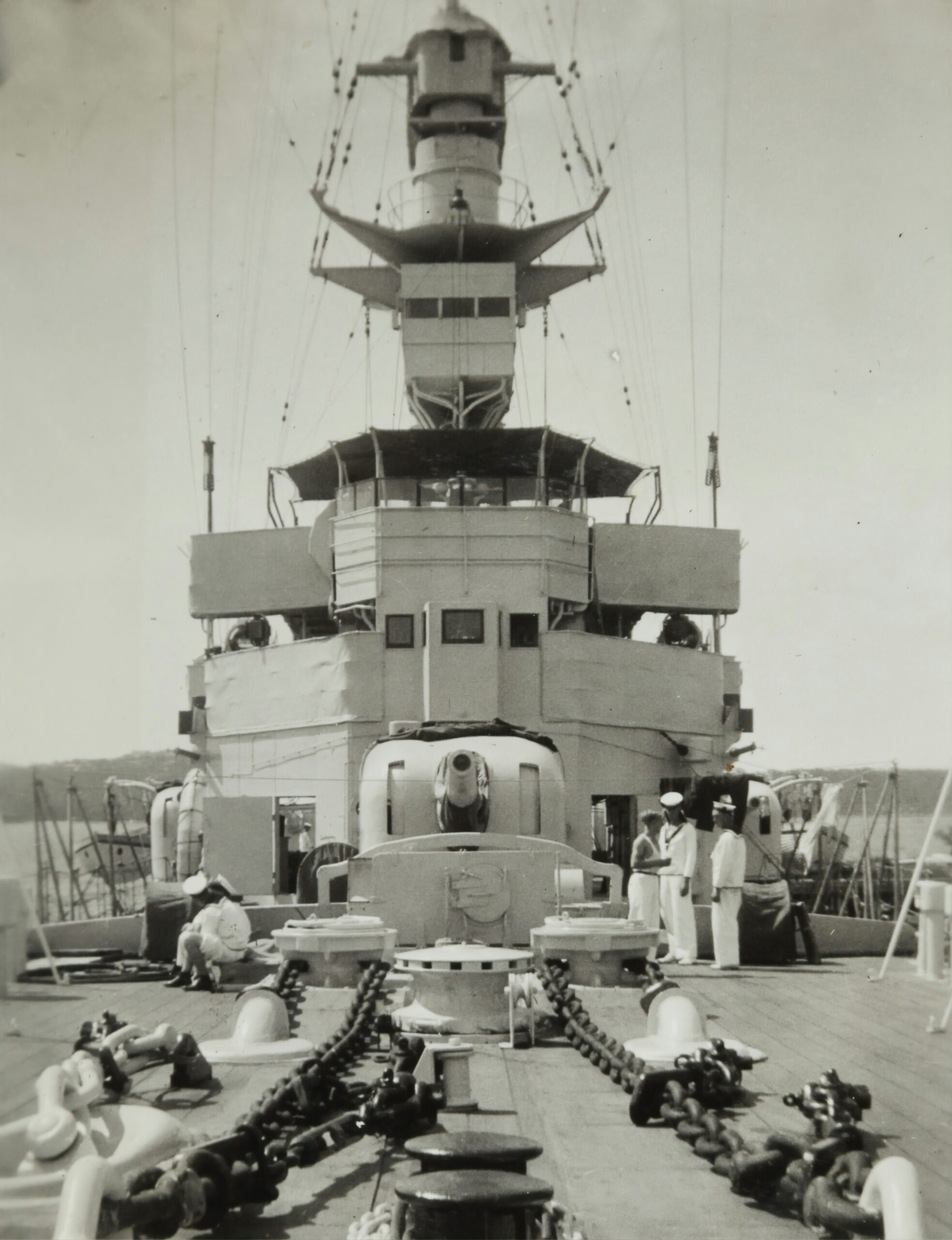Imagine a time when soldiers stood out on the battlefield, their uniforms bright and easily distinguishable. Now fast forward to the present, where soldiers blend effortlessly with their surroundings, each adorned in camouflage fabric. Have you ever wondered which military was the brilliant mastermind behind this ingenious tactic? Well, prepare to embark on a fascinating journey through history as you discover the answer to that very question. From the dusty battlefields of ancient China to the modern warzones of today, this article will unveil the secrets behind the inception of camouflage fabric and reveal the first military to employ its formidable power. Get ready to be captivated by the tales of military strategy and innovation that lie ahead!

Evolution of Camouflage in the Natural World
Camouflage is a fascinating and essential adaptation that allows animals to blend in with their surroundings, providing them with a survival advantage. Throughout the course of evolution, various species have developed incredible camouflage techniques to evade predators or catch prey. The animal origins of camouflage can be traced back to early marine life, where creatures like cephalopods employed mechanisms to blend into their watery habitats. Over time, as terrestrial animals emerged, they too developed diverse camouflage strategies to thrive in their respective environments.
Influence on Human Developments of Camouflage
The awe-inspiring camouflage abilities observed in the natural world have long captivated human curiosity and imagination. As humans progressed in their understanding of the world, they sought to harness the power of camouflage for their own purposes. The early use of camouflage in warfare can be traced back to prehistoric and ancient times, where warriors and hunters applied natural materials such as mud and leaves to conceal themselves during battles or while stalking prey.
Early Use of Camouflage in Warfare
Throughout history, warriors and strategists recognized the advantages of blending into the environment to gain tactical superiority. In prehistoric times, primitive humans utilized natural elements such as animal hides and foliage to camouflage themselves during hunting expeditions or surprise attacks. The classical and medieval periods also witnessed the use of camouflage techniques, with armies donning disguises and blending in with the terrain to deceive enemies.
The Introduction of Camouflage Fabric
The development of camouflage fabric marked a significant milestone in the evolution of military concealment strategies. The textile industry played a vital role in producing fabrics specifically designed to mimic natural surroundings and enhance the effectiveness of camouflage. This development was greatly influenced by the artistic movements of the 19th and 20th centuries, which embraced the concept of blending colors and patterns to create visually striking compositions.

First Military Use of Camouflage Fabric
The British military is often credited as the pioneers of military camouflage fabric during World War I. In response to the destructive nature of modern warfare, the British Army took the initiative to explore new methods of concealment. Artists and naturalists were recruited to work on developing effective camouflage patterns for military uniforms and equipment. This marked the birth of modern military camouflage, with the aim of minimizing casualties and gaining a tactical advantage on the battlefield.
Camouflage use by the French Army
Although the British were the first to adopt camouflage fabric, it was the French Army that played a pivotal role in propagating its use and advancing the field. During World War I, the French Army established specialized units solely dedicated to camouflage. These units, known as the “camoufleurs,” were tasked with designing and implementing camouflage tactics. The French Army’s commitment to camouflage practices significantly influenced future military advertising techniques, as they showcased the power of visual deception.

Expansion and Refinement of Military Camouflage Practices
The impact of World War I on military camouflage practices cannot be overstated. The widespread use and effectiveness of camouflage during the war highlighted its importance as a strategic tool. Following the conflict, various nations invested in further research and development, resulting in significant advancements in camouflage techniques during and after World War II. Improved understanding of optics, psychology, and technology propelled military camouflage to new heights.
Modern Utilization of Camouflage by Militaries
In the modern era, militaries leverage diverse types of camouflage tailored to different environments and operational needs. Woodland, desert, snow, and urban patterns are just a few examples of the wide range of camouflage designs utilized today. The advent of digital and futuristic camouflage has further enhanced concealment capabilities, incorporating pixelated patterns and advanced technologies to blend seamlessly with various surroundings.
Psychological Impact of Camouflage
In addition to its practical benefits, camouflage also has a profound psychological impact on both the soldier and the adversary. For soldiers wearing camouflage, it boosts confidence by providing a sense of security and allowing them to blend into their surroundings. Conversely, camouflage can instill a sense of intimidation and uncertainty in adversaries who struggle to identify and locate concealed troops. The psychological impact of camouflage plays a vital role in shaping the outcome of military engagements.
Technological Advancements in Camouflage Fabric
Advancements in technology have revolutionized camouflage fabric, making it more sophisticated and effective than ever before. Integration of nanotechnology enables the development of fabrics that can blend with different terrains, adapt to environmental changes, and provide enhanced concealment. Additionally, the application of thermal and infrared camouflage further enhances soldiers’ ability to evade detection by masking their heat signatures.
Future of Camouflage in the Military
As science and technology continue to progress, the future of military camouflage holds immense potential. Scientists and researchers are exploring innovative materials and strategies, including adaptive camouflage that can automatically adjust to changing environments. The development of novel fabrics capable of actively manipulating light and temperature conditions offers exciting possibilities. These advancements may also lead to significant shifts in military strategies, with an increased emphasis on deception and surprise tactics enabled by effective camouflage.

